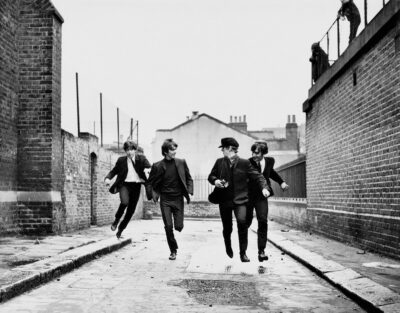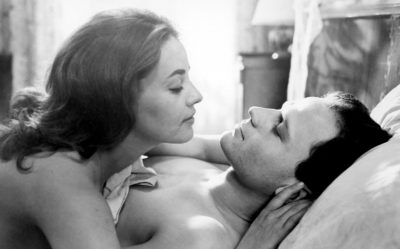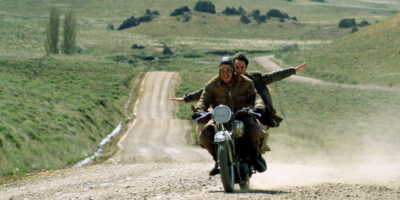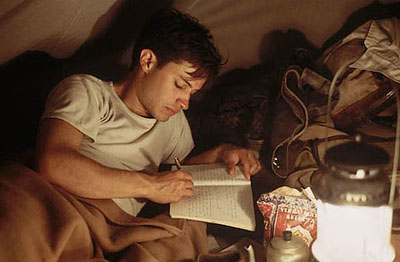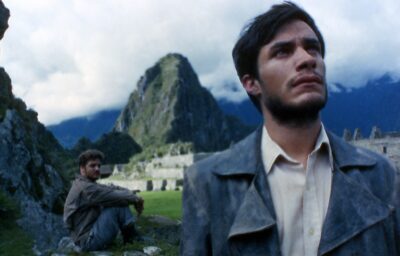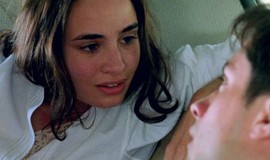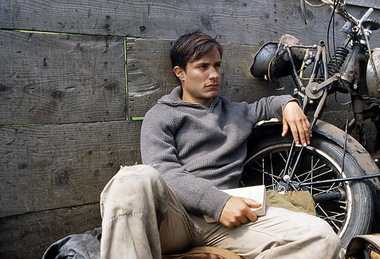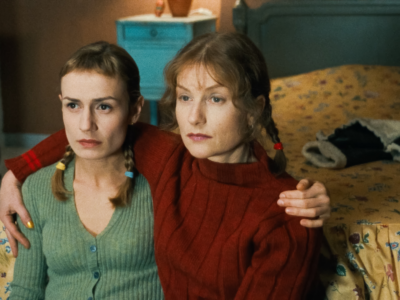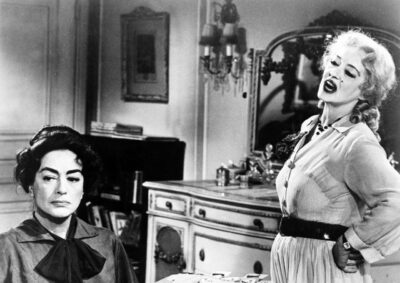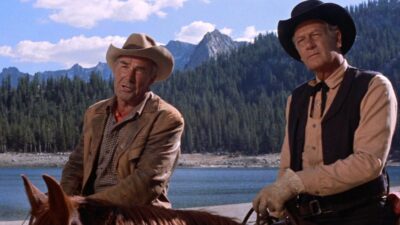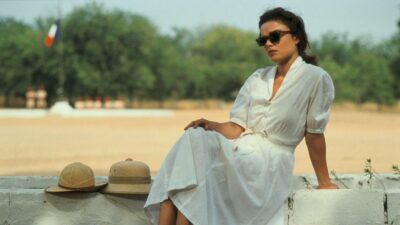A SUMMER PLACE 65th Anniversary Screening July 11 with special introduction by film music historian Steven C. Smith celebrating the career of composer Max Steiner.
Laemmle Theatres and the Anniversary Classics Series present the 65th anniversary of the teen angst romance classic A SUMMER PLACE (1959) starring Sandra Dee and Troy Donahue on Thursday, July 11 at 7 PM at the historic Royal Theatre in West Los Angeles. Written and directed by Delmer Daves, the lavish melodrama is now best remembered for introducing the phenomenally successful “Theme from A Summer Place,” the best-selling instrumental in pop music history.
Adapted from a popular novel by Sloan Wilson (The Man in the Grey Flannel Suit), the film deals with two families intertwined through their teenage children while on summer holiday at a coastal resort in Maine. Bert and Sylvia Hunter (Arthur Kennedy and Dorothy McGuire) are the proprietors of a faded resort and the parents of a teenage son Johnny (Troy Donahue) who play host to a vacationing wealthy businessman, Ken Jorgensen (Richard Egan), his wife Helen (Constance Ford), and their daughter Molly (Sandra Dee). Johnny and Molly embark on a summer romance while Ken and Sylvia rekindle an illicit affair, reuniting twenty years after Ken worked at the resort. The rest of the film deals with the hot button topics (this was the 1950s after all) of infidelity, scandal, divorce, and teenage pregnancy, which raised the hackles of the watch-guard censors.
Warner Bros. hoped to emulate the box office smash Peyton Place, which had depicted similar subject matter just two years earlier, even casting one of its Oscar-nominated supporting actors (Arthur Kennedy). Lushly mounted, with Technicolor cinematography by veteran Harry Stradling, Sr. and a sumptuously romantic score by Max Steiner, the film also echoes the extravagant 1950s melodramas of Douglas Sirk. Sandra Dee, who had become a teen favorite in Gidget and Sirk’s Imitation of Life that same year, was elevated to a four-year run as a top ten box office star, while Troy Donahue, who had been in small parts in a few previous films (including Imitation of Life) had a star breakthrough.
The box office success of A SUMMER PLACE overrode contemporary critics’ concerns. Howard Thomson in The New York Times called it a “raucously sensual drama…and one of the most garishly sex-scented movies in years.” Variety also pointed out its obvious appeal, saying “it makes the most of Hollywood’s newly discovered freedom to display the voluminous vocabulary of sex,” while the Harvard Lampoon kiddingly named it one of the ten worst movies of the year. The dubious notices and controversial subject matter, combined with the repressive morality of the era, made the film ripe for “camp” evaluation. Seemingly innocent dialogue like Molly’s inquiry “Johnny, have you been…bad…with girls?” and Constance Ford’s overwrought performance as Molly’s shrewish mother unknowingly contributed to that camp reputation, with one wag citing Ford’s part as the “Wicked Witch of the West.”
Daves had been an accomplished director in different genres since the 1940s (Pride of the Marines, Dark Passage, Broken Arrow, 3:10 to Yuma, An Affair to Remember), but after the commercial success of A Summer Place he finished his career mostly helming similar but inferior melodramas like Parrish, Susan Slade, and Youngblood Hawke in the 1960s. Despite critical reservations, A SUMMER PLACE remains a consummate example of top-notch craftsmanship at the end of the studio era. It has also achieved extended notoriety by its inclusion in a memorable scene in Barry Levinson’s Diner (1982) and the use of its hit instrumental theme in a number of films over the past 60 years.
Max Steiner was one of the original founders of the Hollywood Sound in motion picture scoring, and “did more than any other composer to introduce and establish the language of film music.” Over the course of a four-decade film career he provided memorable scores to such classics as King Kong, Gone with the Wind, Now, Voyager, Casablanca, The Big Sleep, White Heat, and The Searchers, among many others, while winning three Academy Awards. “Theme from A Summer Place” was recorded by Percy Faith and had a then record-breaking nine week run at the top of the pop charts, winning the Grammy as Record of the Year, while Steiner collected a nod for Song of the Year and a bounty of royalties.
Our guest commentator Steven C. Smith is a four-time Emmy-nominated journalist and producer of more than 200 documentaries about music and cinema. He is the author of the definitive biography, “Music by Max Steiner: The Epic Life of Hollywood’s Most Influential Composer,” which will be available for sale and signing.
A SUMMER PLACE and the celebration of Max Steiner shows one night only: Thursday, July 11 at 7:00 PM at the historic Royal Theatre, enjoying its centennial year as a continuously operating movie theatre since opening in 1924. Coming attractions for the Anniversary Classics Series include the 40th anniversary of Suburbia on July 24 at the NoHo with guest writer-director Penelope Spheeris as a preview of Art House Day.

